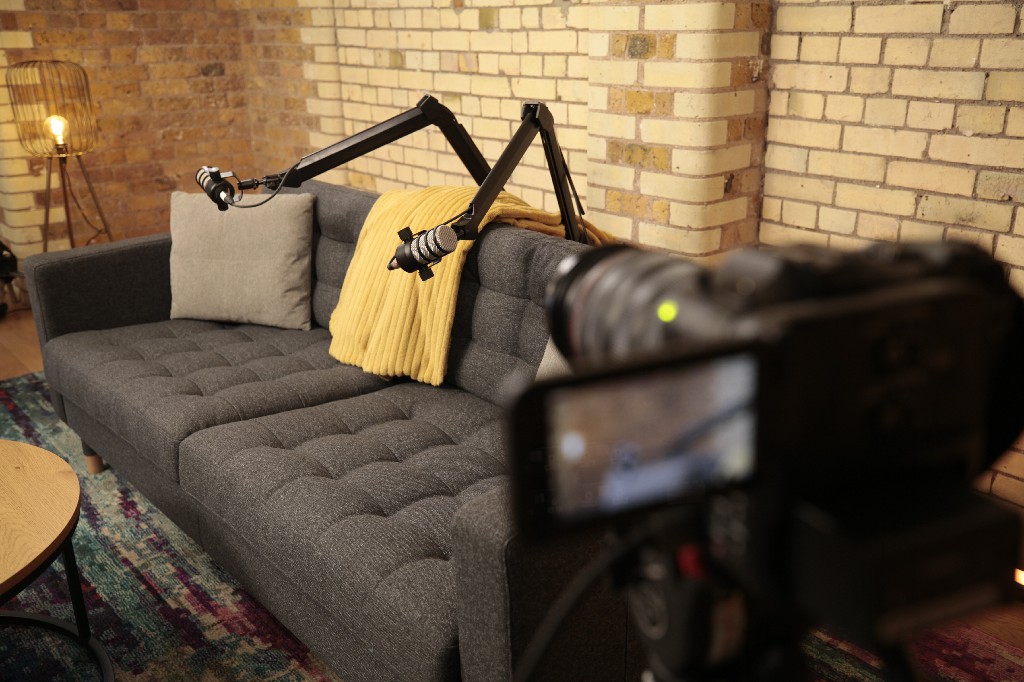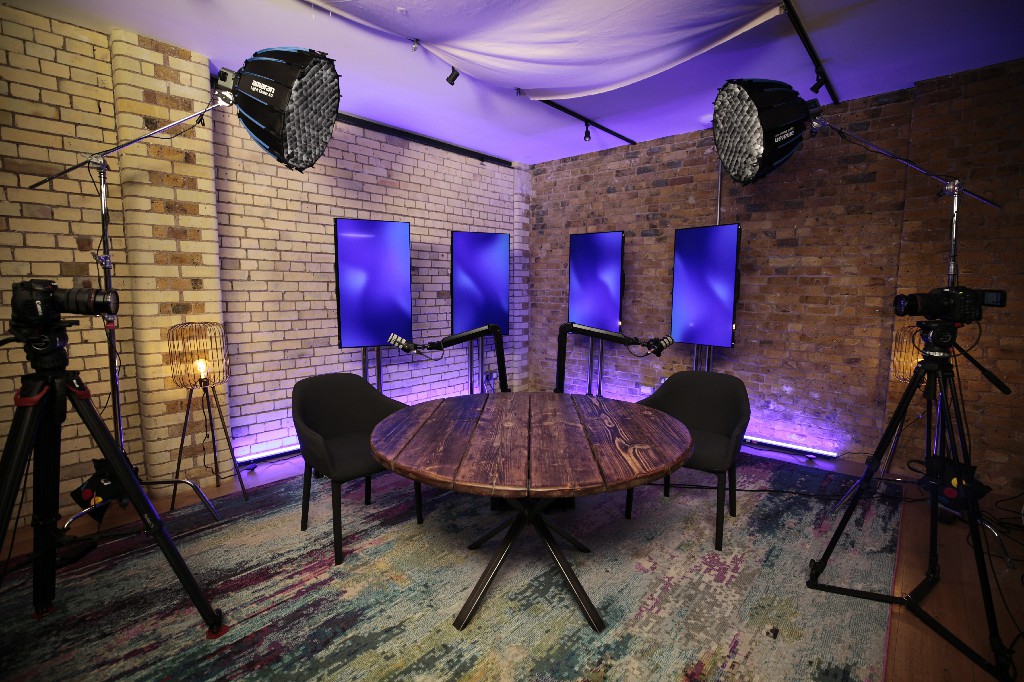Webinars & Webcasts: What’s The Difference?
A webinar and webcast are not the same – but there are similarities. Both are broadcast across the internet, and both are used by businesses to reach customers, clients, prospects and employees, on a global scale, in real-time. But there are differences too.
What Is a Webcast?
A webcast is a ‘web-based broadcast’. It’s a video that is broadcast across the Internet using streaming media technology. Typically, the transmission of information is one-way only, from speaker to audience – like a TV broadcast, but on an internet stream reaching a large audience, up to thousands, or even tens of thousands, of people. Essentially, webcasts can bring a physical event to life giving it a TV broadcast quality.
By streaming live events you have the potential to reach anyone remotely therefore dramatically widening access; all a participant needs is access to the Internet. Live webcasts are generally used when the goal is to deliver information to a large audience simultaneously so, in the commercial sense, they can be used to stream live events like product launches, conferences, employee training and stakeholder/annual reviews.
Webcasts can be accessed via a single URL on any device, either live, pre-recorded, or on-demand. A live recording can then be stored on a web page for future viewing at anytime. On-demand streams give viewers greater flexibility and this can dramatically increase viewing figures.
Webcasts are mostly publicly available. That doesn’t mean you can’t have a registration page or charge to watch, it just means that a webcast can be served to an unlimited audience online. You can also have multiple streams on a webcast; as well as sending it to your website you could also send it to Facebook Live or YouTube, for example. This allows you to reach different audiences.
For more info read our blog: 7 ways brands can use live streaming
What Is a Webinar?
A webinar is a ‘web-based seminar’. It’s a presentation, lecture, workshop or seminar that is transmitted online using video conferencing software. A key feature is the interactive elements like Q&A and polls: the ability to give, receive and discuss information in real-time. This adds real value as businesses can interact directly with customers, clients and employees.
For businesses, if engagement, active listening and participation are the most important goals, webinars make the most sense. Interactive, collaborative events like seminars, corporate town halls, marketing events, knowledge sharing and thought leadership talks can all benefit from live chat, polls and Q&A sessions.
73% of marketing and sales leaders say webinars are one of the best ways to generate quality leads.This is because they are highly engaging, can work across the entire customer journey and come with a mountain of data about prospects. By collecting data from each registrant, businesses can identify high-quality, sales-ready leads as well as build up an accurate picture of their audience. And by tracking and analysing viewing data decisions on future webinars can be made.
Webinars are designed for smaller groups; from meeting-sized groups to online events involving hundreds of people. Typically, it is smaller and more collaborative. There may be audience polls, Q&A chat functions, and whiteboards. Unlike live streams and webcasts, webinars are invite-only events where only those who have joined/registered can watch.
Types of Webinars:
Webinars can be delivered in two ways. An audio webinar is when someone narrates over slides, and a video webinar is when a presenter or panel are filmed and slides are synched alongside. The key to creating fresh and engaging webinars is to experiment with different formats. For top tips on webinar formats, driving webinar registration and boosting your webinar success, read our blogs and watch our videos here.
Just like webcasts, webinars can be live, on-demand or pre-recorded. A live webinar can create a buzz around a special event; viewers need to register and then log on at a specific time to watch. For those who would like more control over the content and scheduling of the event, they can be pre-recorded and then promoted as ‘live.’
After a live webinar most businesses will create an on-demand version, giving viewers the flexibility to watch at anytime. The other option is to create on-demand content without creating a live event. This is great for uploading presentations that be watched anytime.
Bombora specialise in broadcast quality webinars, webcasts and live streaming. Contact us at info@bombora.tv
Enjoy that? You might like these:





Why Every Growing B2B Brand Struggles with Thought Leadership — and What to Do About It





From Flat Conversations to a Content Engine: How a Financial Services Brand Turned Video Podcasting into £150K+ of New Business




